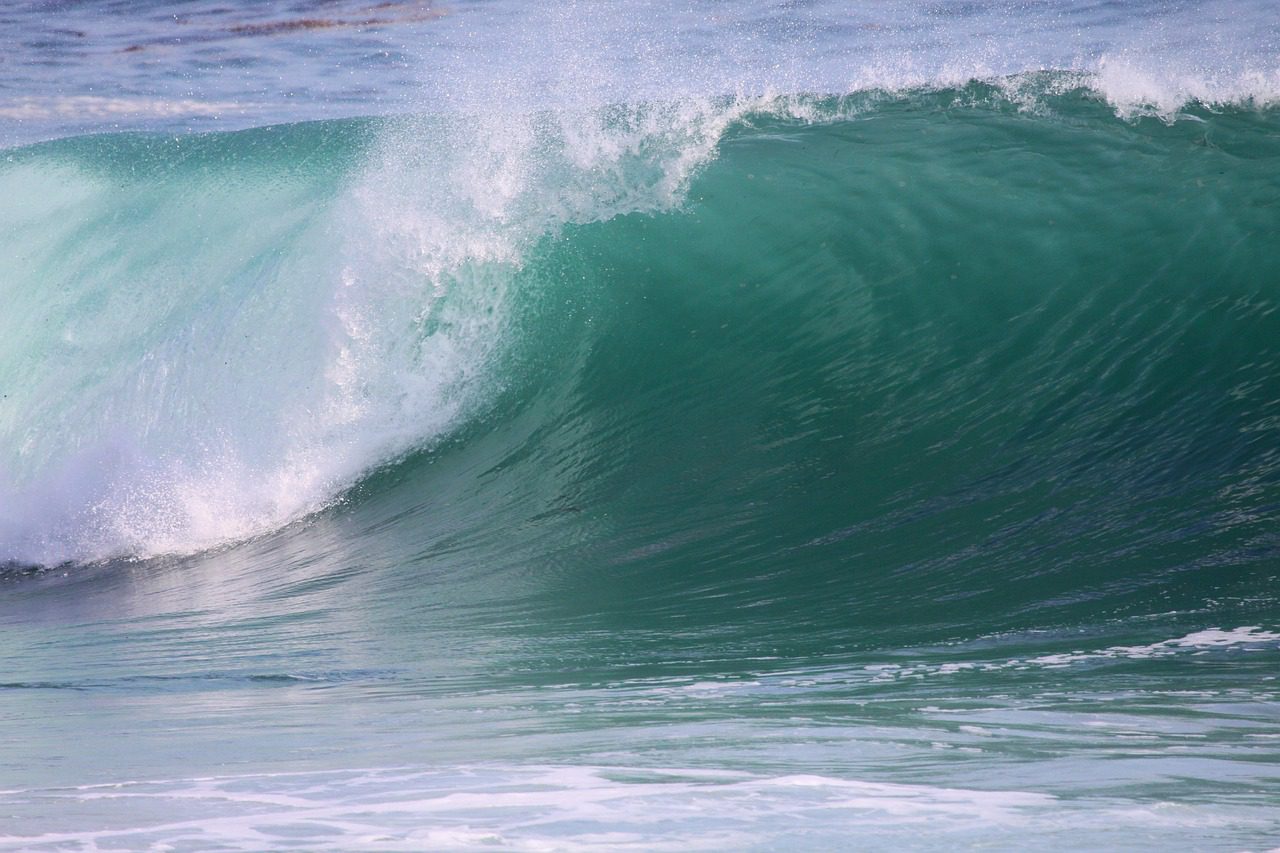Oceans cover over 70 percent of our planet’s surface. These vast expanses of water support an incredible amount of biomass, regulate our climate, produce over half the planet’s oxygen, and provide protein to billions of coastal-dwelling humans. Our oceans support the livelihood, health, and spiritual wellbeing of our communities.
But our oceans are also under immense threat from human activities. Climate change, pollution, plastic waste, and overfishing are all putting a strain on the health of our oceans and their ability to repair themselves. As primarily international spaces, oceans are particularly difficult to manage and protective regulations are difficult to enforce. Even so, efforts are being made around the globe to protect areas of our oceans from additional harm and preserve ocean function and abundance for future generations. Currently, just over 7 percent of the ocean has been given some kind of protected status, but conservative estimates that take into account the likeliness an area’s protections are actually enforced place that percent much lower.
Locally, there are two primary categories of protection afforded certain segments of San Diego’s coastline and nearshore waters. The first of these is a water quality protection called an “Area of Special Biological Significance,” and the second is a habitat and fisheries-based protection called, generally, a “Marine Protected Area.”

 Our Accomplishments
Our Accomplishments
 Employment Opportunities
Employment Opportunities










